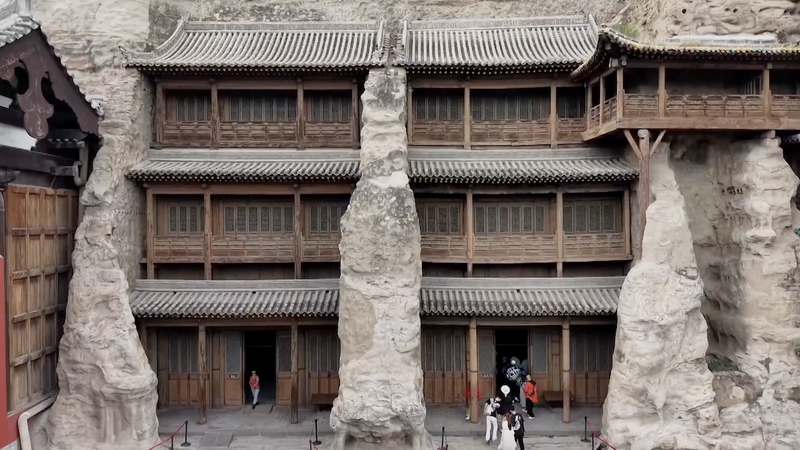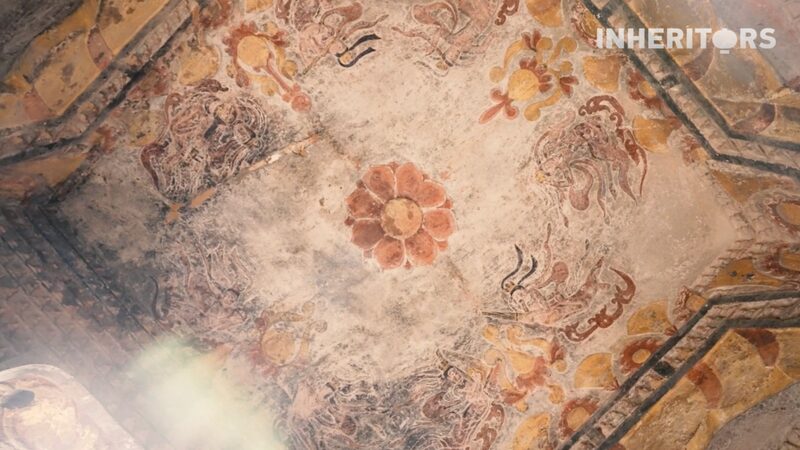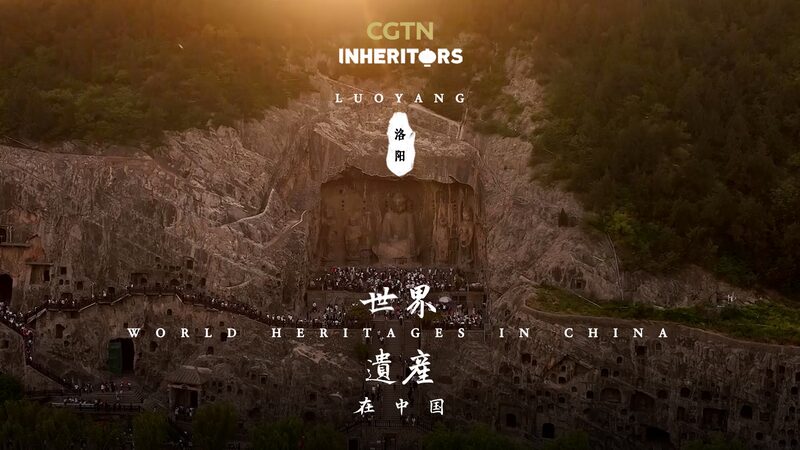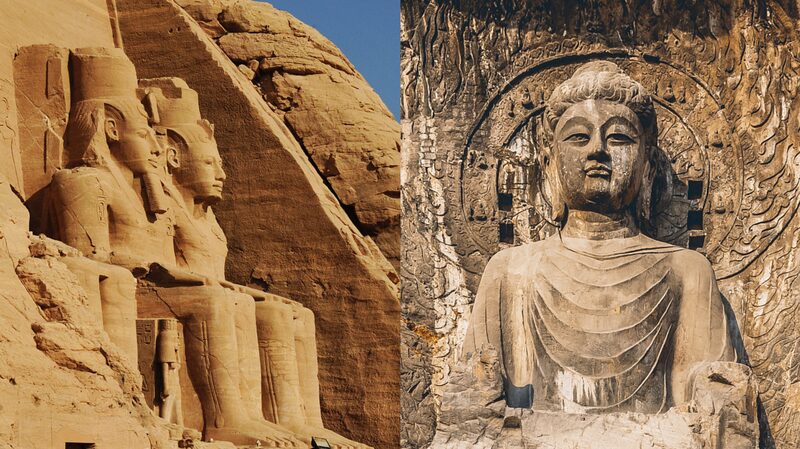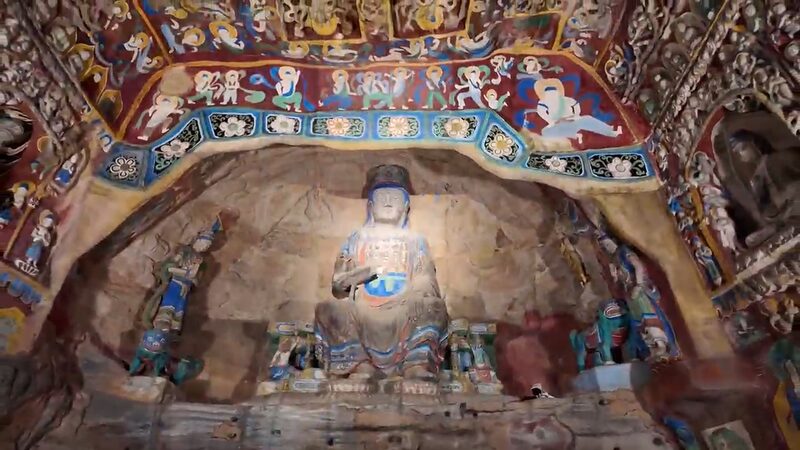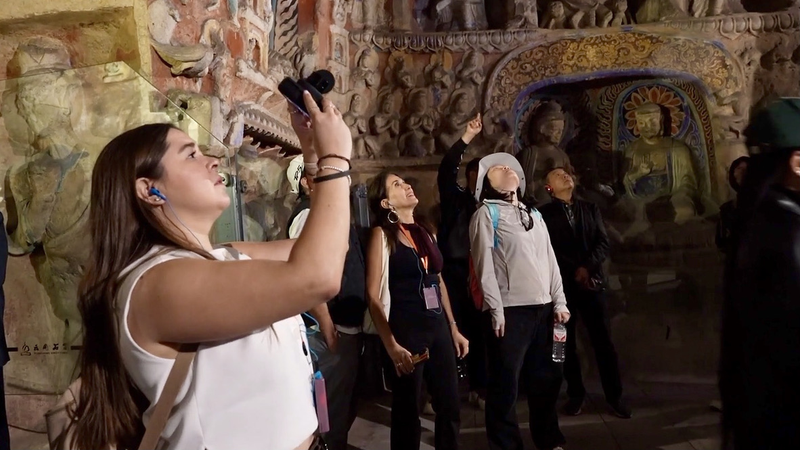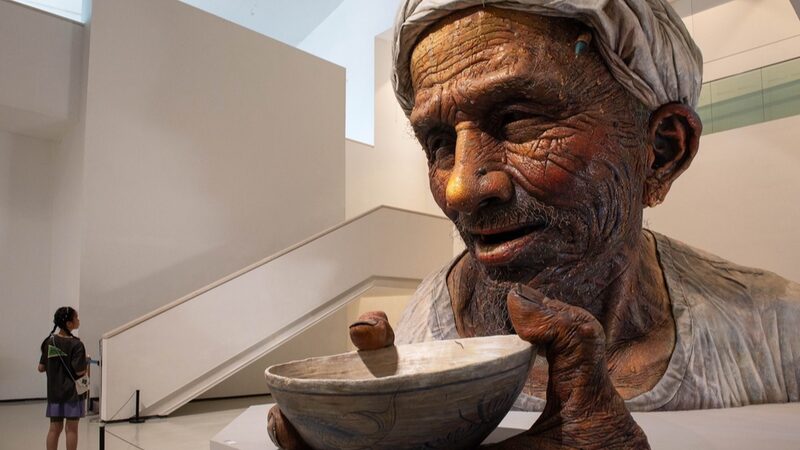The UNESCO World Heritage Site Yungang Grottoes in Shanxi Province has unveiled a new chapter in cultural preservation, reopening Caves 7 and 8 to visitors after completing an innovative five-month digital conservation initiative. The project marks a fusion of ancient artistry and modern technology at one of China's most significant Buddhist heritage sites.
Carved over 1,500 years ago during the Northern Wei Dynasty, these twin caves house some of the earliest and most elaborate examples of Chinese Buddhist sculpture. Their reopening offers renewed access to towering celestial figures, intricate relief carvings, and vibrant pigment remnants that reveal the spiritual ambitions of medieval China's rulers.
Conservationists employed 3D scanning and AI-assisted analysis to document delicate surfaces millimeter by millimeter, creating detailed digital twins for future research. "This approach minimizes physical intervention while preserving the caves' essence for generations," explained a project spokesperson.
The restoration coincides with growing interest in Asia's ancient Silk Road sites among historians and travelers alike. As global tourism rebounds, the grottoes' enhanced accessibility positions them as a key destination for cultural explorers and academic researchers studying early Buddhist art transmission across Asia.
Reference(s):
Caves at Yungang Grottoes reopen to public after digital conservation
cgtn.com
